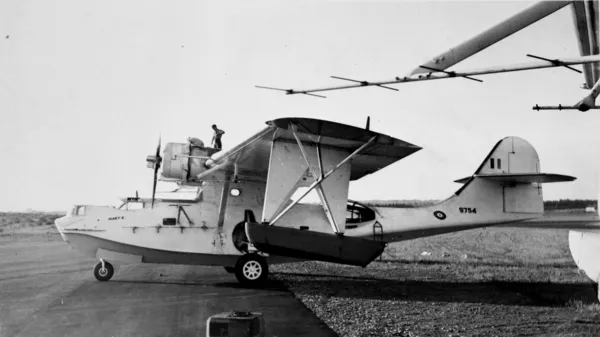Moores, Harry Thomas
Killed in Flying Accident 1942-08-14


Birth Date: 1919
Born:
Home: Blackhead, Conception Bay, Newfoundland
Enlistment:
Enlistment Date: Unknown
Service
RAFBOAC
Unit
45 Group (RAF)
Base
Dorval, Quebec
Rank
Civilian
Position
Civilian
Service Numbers
First Burial
 Ottawa Memorial, Ottawa, Ontario, Canada
Ottawa Memorial, Ottawa, Ontario, Canada
Canso Mk. lb FP151
Ferry Flight 1942-August-14 to 1942-August-14
45 (T) Group (RAF) Elizabeth City, North Carolina, USA
45 Group RAF Transport Command, Dorval, Quebec. Catalina IB aircraft FP151 was engaged in a ferry flight between Elizabeth City US Coast Guard Station, North Carolina, USA and the water aerodrome at Boucherville, Quebec, Canada when it crashed in poor weather conditions at at sea off Cape Charles, Virginia, USA with the loss of the four crew aboard
Pilot, Quarter Master (Petty Officer) JAK Veiersted (RNAF), American civilian pilot FO Anderson, Newfoundland civilian Radio Officer HT Moores and British civilian Flight Engineer JHK Parker were all missing, presumed killed in this flying accident
The missing have no known graves. Moores and Parker are commemorated on the Ottawa Memorial. Anderson is commemorated at a cemetery in New Sweden, Maine, USA. Veiersted is commemorated at a cemetery on Oslo, Norway
Ocean Bridge, The History of RAF Ferry Command by Carl A Christie, page 313
Canso FP151
Consolidated Canso Catalina PBY PB2B A-10 OA-10 Black Cat

The Consolidated Catalina and Canso were close cousins. The Canso was the true amphibious version of the design and therefore included a conventional undercarriage to allow for either water or land use. The Canso provided more than two decades of valuable service to the RCAF. The Catalina variant came first and was produced beginning in 1935 for the United States Navy. The amphibious version, designated PBY-5A, came in service early in 1941 and the RCAF began using the aircraft on anti-submarine patrols that same year. After the Second World War, the RCAF used Cansos for search and rescue, Arctic survey missions and various transport operations.RCAF
 RAFFC.pfd
RAFFC.pfd Commonwealth War Graves Commission
Commonwealth War Graves Commission www.findagrave.com
www.findagrave.com


 Canso PBY
Canso PBY Wikipedia Canso PBY
Wikipedia Canso PBY